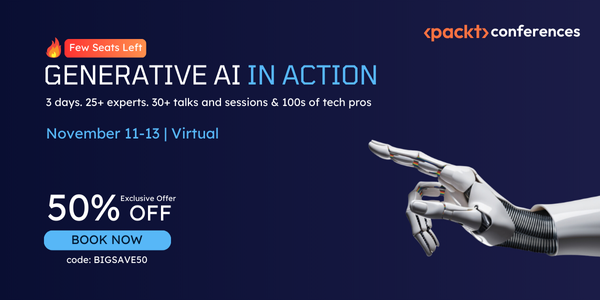Build a generative AI image description application
This guide explains how to build an application for generating image descriptions using Anthropic's Claude 3.5 Sonnet model on Amazon Bedrock and AWS CDK. By integrating Amazon Bedrock’s multimodal models with AWS services like Lambda, AppSync, and Step Functions, you can quickly develop a solution that processes images and generates descriptions in multiple languages. The use of Generative AI CDK Constructs streamlines infrastructure setup, making it easier to deploy and manage the application.
Visualizing and interpreting decision trees
TensorFlow recently introduced a tutorial on using dtreeviz, a leading visualization tool, to help users visualize and interpret decision trees. dtreeviz shows how decision nodes split features and how training data is distributed across different leaves. For example, a decision tree might use features like the number of legs and eyes to classify animals. By visualizing the tree with dtreeviz, you can see how each feature influences the model's predictions and understand why a particular decision was made.
Rethinking the Role of PPO in RLHF
In Reinforcement Learning with Human Feedback (RLHF), there's a challenge where the reward model uses comparative feedback (i.e., comparing multiple responses) while the fine-tuning phase of RL uses absolute rewards (i.e., evaluating responses individually). This discrepancy can lead to issues in training. To address this, researchers introduced Pairwise Proximal Policy Optimization (P3O), a new method that integrates comparative feedback throughout the RL process. By using a pairwise policy gradient, P3O aligns the reward modeling and fine-tuning stages, improving the consistency and effectiveness of training. This approach has shown better performance in terms of reward and alignment with human preferences compared to previous methods.
Enhancing Paragraph Generation with a Latent Language Diffusion Model
The PLANNER model, introduced in 2023, enhances paragraph generation by combining latent semantic diffusion with autoregressive techniques. Traditional models like GPT often produce repetitive or low-quality text due to "exposure bias," where the training and inference processes differ. PLANNER addresses this by using a latent diffusion approach that refines text iteratively, improving coherence and diversity. It encodes paragraphs into latent codes, processes them through a diffusion model, and then decodes them into high-quality text. This method reduces repetition and enhances text quality.
Transparency is often lacking in datasets used to train large language models
A recent study highlights the lack of transparency in datasets used to train large language models (LLMs). As these datasets are combined from various sources, crucial information about their origins and usage restrictions often gets lost. This issue not only raises legal and ethical concerns but can also impact model performance by introducing biases or errors if the data is miscategorized. To address this, researchers developed the Data Provenance Explorer, a tool that provides clear summaries of a dataset’s origins, licenses, and usage rights.
 United States
United States
 Great Britain
Great Britain
 India
India
 Germany
Germany
 France
France
 Canada
Canada
 Russia
Russia
 Spain
Spain
 Brazil
Brazil
 Australia
Australia
 South Africa
South Africa
 Thailand
Thailand
 Ukraine
Ukraine
 Switzerland
Switzerland
 Slovakia
Slovakia
 Luxembourg
Luxembourg
 Hungary
Hungary
 Romania
Romania
 Denmark
Denmark
 Ireland
Ireland
 Estonia
Estonia
 Belgium
Belgium
 Italy
Italy
 Finland
Finland
 Cyprus
Cyprus
 Lithuania
Lithuania
 Latvia
Latvia
 Malta
Malta
 Netherlands
Netherlands
 Portugal
Portugal
 Slovenia
Slovenia
 Sweden
Sweden
 Argentina
Argentina
 Colombia
Colombia
 Ecuador
Ecuador
 Indonesia
Indonesia
 Mexico
Mexico
 New Zealand
New Zealand
 Norway
Norway
 South Korea
South Korea
 Taiwan
Taiwan
 Turkey
Turkey
 Czechia
Czechia
 Austria
Austria
 Greece
Greece
 Isle of Man
Isle of Man
 Bulgaria
Bulgaria
 Japan
Japan
 Philippines
Philippines
 Poland
Poland
 Singapore
Singapore
 Egypt
Egypt
 Chile
Chile
 Malaysia
Malaysia
















